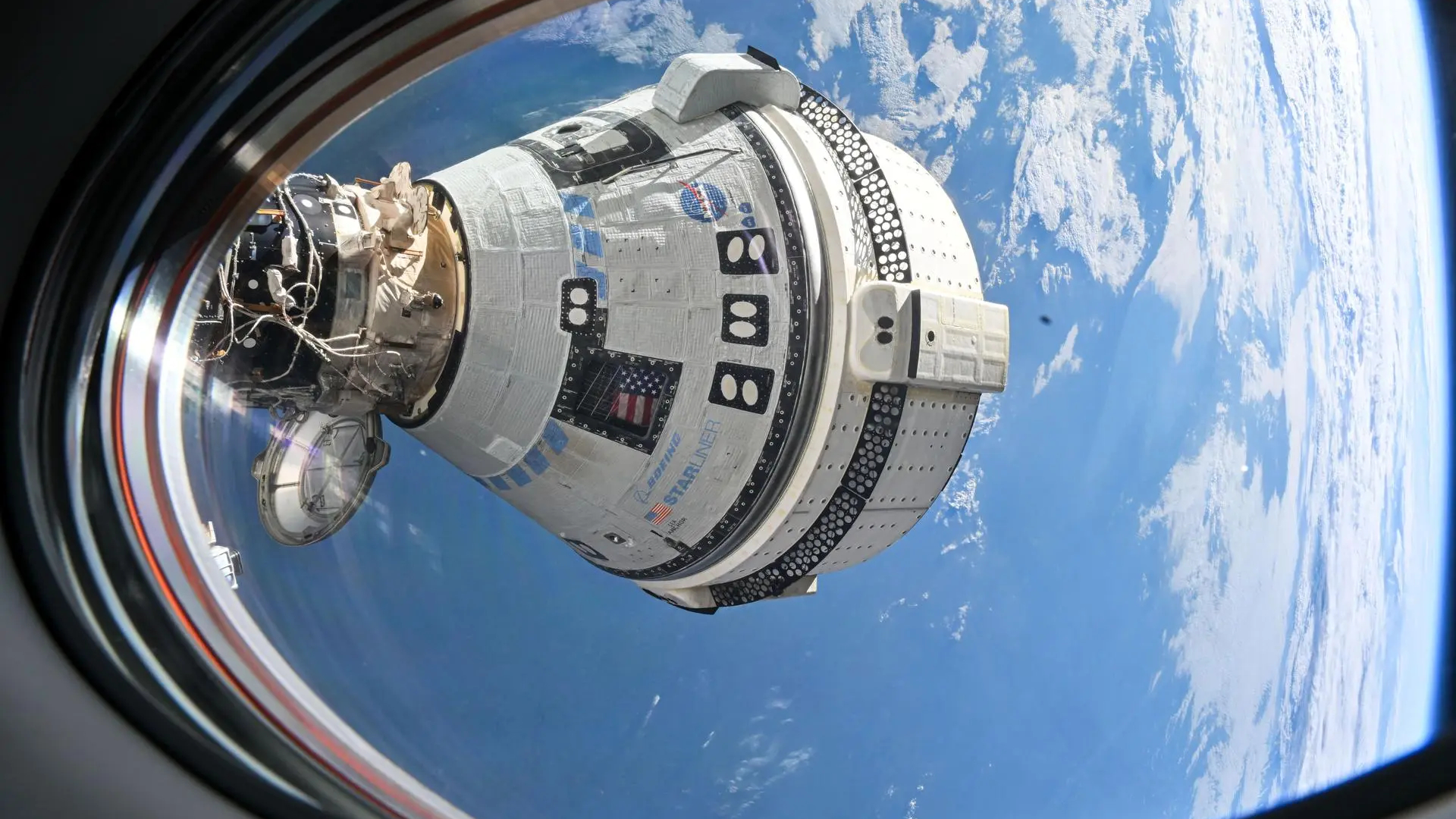
Two fatal spaceflight disasters influenced NASA's thinking on how the Starliner astronauts should return home.
NASA astronauts Suni Williams and Butch Wilmore, who launched to the International Space Station (ISS) aboard Boeing's Starliner spacecraft on June 5, will now return to Earth no earlier than February 2025 aboard a SpaceX Dragon capsule, rather than journey home on Starliner.
The first crewed Starliner flight was initially billed as an eight-day mission to the ISS. But its stay in orbit has been extended numerous times due to concerns surrounding the spacecraft's thrusters. The eventual decision to send Williams and Wilmore home on the SpaceX Crew-9 mission, which NASA announced over the weekend, was informed by lessons from the agency's two space shuttle disasters.
Asked in a press conference on Saturday (Aug. 24) if the Challenger and Columbia accidents influenced his personal decision, NASA Administrator Bill Nelson confirmed to reporters that this was indeed the case.
Related: Space shuttle Challenger and the disaster that changed NASA forever
"It has affected the decision today by this collective group and all of those that participated in the Flight Test Readiness Review this morning," Nelson said. "It is trying to turn around the culture that first led to the loss of Challenger and then led to the loss of Columbia, where obvious mistakes were not being brought forth."
The Columbia disaster occurred on Feb. 1, 2003, when the space shuttle Columbia broke apart during atmospheric reentry. That was determined to be caused by a large piece of foam falling from the shuttle's external tank during launch, damaging the orbiter's wing. That followed the catastrophic launch failure of the space shuttle Challenger in January 1986. Both incidents caused the loss of all crew onboard, killing 14 astronauts in total.
Nelson noted how engineers who raised concerns over components and launching in very cold weather were ignored ahead of the Challenger launch. For Columbia, several people within NASA pushed to obtain pictures of the damaged wing in orbit, but reentry proceeded without further inspection.
"So NASA, ever since, has tried very hard to bring about an atmosphere in which people are encouraged to step forward and speak their mind, and I think, right, today is a good example of that," Nelson said.
NASA Associate Administrator Jim Free, another panel member for Saturday's press conference, noted that more work was needed to understand the issue with Starliner's thrusters.
Free said that, "uncertainty remains in our understanding of the physics going on in the thrusters. And still, we still have some work to do."
Nelson, later asked if politics played a role in NASA's decision, reiterated the cases of Challenger and Columbia.
"I can tell you unequivocally, from a personal standpoint, that politics has not played any part in this decision," Nelson said.
"What I said earlier about Challenger and Columbia and the lessons learned and what we've tried to change in a culture, in order that safety is our North Star, is what we are trying to do."
"In a very hostile environment in which, if you make a mistake, it's very unforgiving," Nelson added.
The Crew-9 launch will be modified to make room for the Starliner astronauts to allow them to return home early next year; the Dragon will fly up with just two astronauts next month instead of the usual four. Meanwhile, NASA and Boeing will work to bring the uncrewed Starliner back to Earth sometime in September, targeting a landing at White Sands Space Harbor, New Mexico.
!["[T]he First and Fifth Amendments Require ICE to Provide Information About the Whereabouts of a Detained Person"](https://images.inkl.com/s3/publisher/cover/212/reason-cover.png?w=600)






